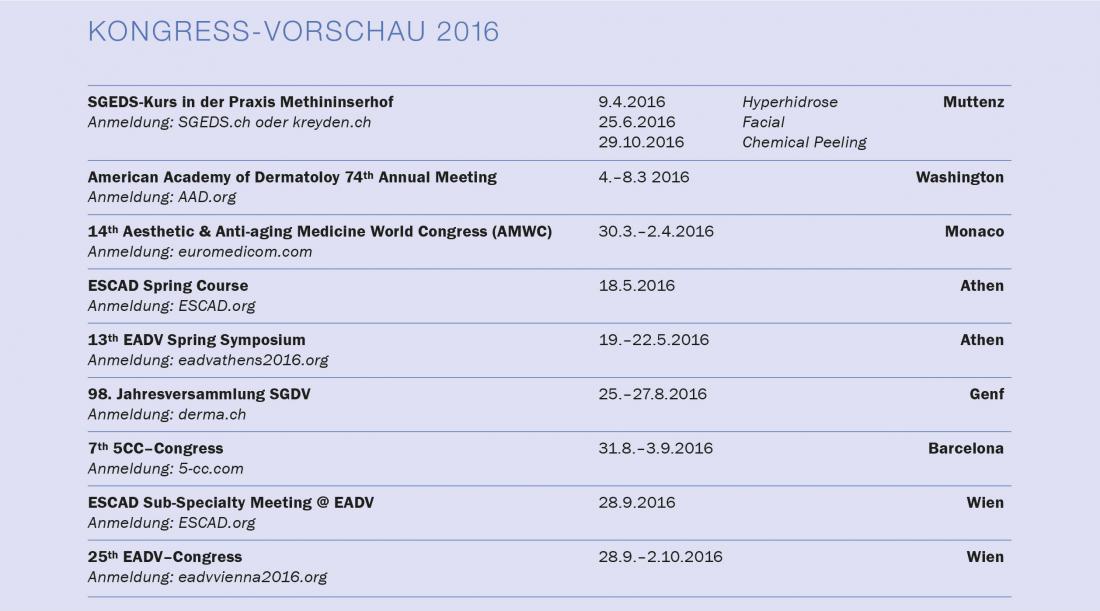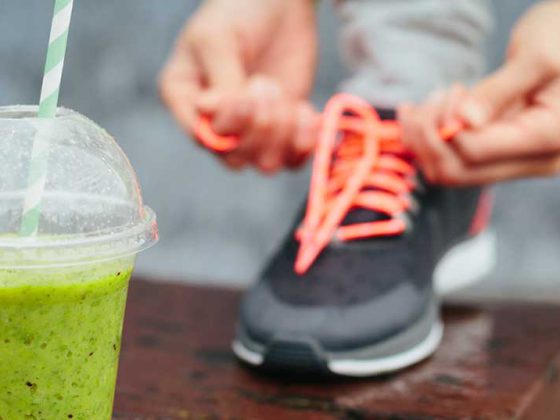Anti-aging is in like never before! There are many reasons for this. In particular, the widespread use of computers, social networks and smartphones has an impact. Nowadays, people are networked all over the world, there are more and more leisure activities, and visual information is present almost always and everywhere due to the new media. This led to our society becoming increasingly demanding and competitive. In the course of the last 60 years, this also changed our leisure activities. We are no longer satisfied with meeting friends, going out to eat, or going to the theater in our free time – our meager free time today should be filled with as much adventure and as much input and newness as possible!
So our lifestyle has changed. We live in fast-paced times where society imposes on us to look fresh, refreshed, motivated and young all the time. Just 60 years ago, the media situation was different; news and information were disseminated solely by radio, newspapers and the cinema. In 2016, media influence is omnipresent: newspapers, television, smartphones and flat screens in public places. This circumstance leads to the impression that only young, dynamic and active people are successful in our society. Models of famous designers are getting younger and younger, which creates new role models. Wrinkles, fat deposits and sun-damaged skin do not fit the image of our perfect society and professional behavior.
The days when older people were considered experienced or even wise are over. While our life expectancy is increasingly increasing, society at the same time rejects a tired and aging appearance. Everyone wants to grow old, no one wants to be old. People over 50 are increasingly being regarded as second-class citizens. This is especially true in professional life, but seems to be increasingly extending to the social sphere as well. The future belongs to the young – no wonder we all want to look fresh, well-groomed, young, dynamic and successful in order to succeed in our competitive social structure.
Only ten years ago, the topics of beauty, wellness and anti-aging were treated only stepmotherly in dermatological literature. However, with botulinum, the wide range of fillers, peels and other non-invasive methods, this ductus has changed. Treatments are increasingly commonplace and almost as normal as a trip to the hairdresser. Patients who wanted aesthetic treatment had to turn to the plastic surgeon almost without exception 20-30 years ago. Currently, non-invasive procedures are the most common treatments performed, mainly by dermatologists.
However, the great demand leads almost every doctor who has attended an aesthetic conference or workshop to offer cosmetic beautification procedures to their patients. The danger that aesthetic dermatology will thus lose its scientific relevance is great. Evidence-based medicine should be considered and applied not only to purely medical treatments, but also to aesthetic treatments. However, this also implies that basic research is taking place in this area. Recent research has led to a better understanding of the molecular processes in the skin, which is influenced by many exogenous factors. Physicians should be aware of these results and also apply the knowledge for the benefit of their patients. Aesthetic dermatology can only survive with scientific research, as this is how it can distinguish itself from ignorant “quacks”.
In order to not only demand but also promote continuing education in our field, you will find an overview of relevant dates, continuing education courses and congresses to kick off the year.

DERMATOLOGIE PRAXIS 2015; 26(1): 29-30











